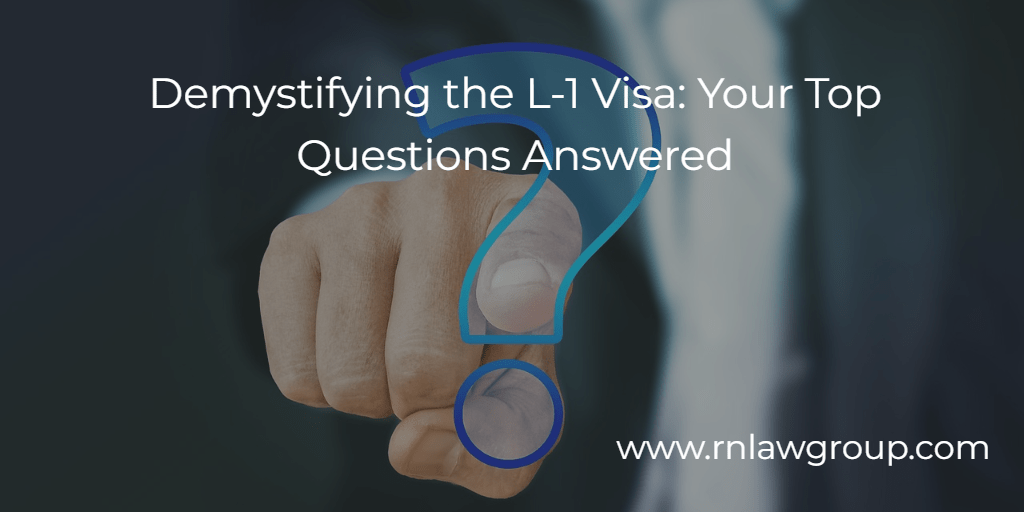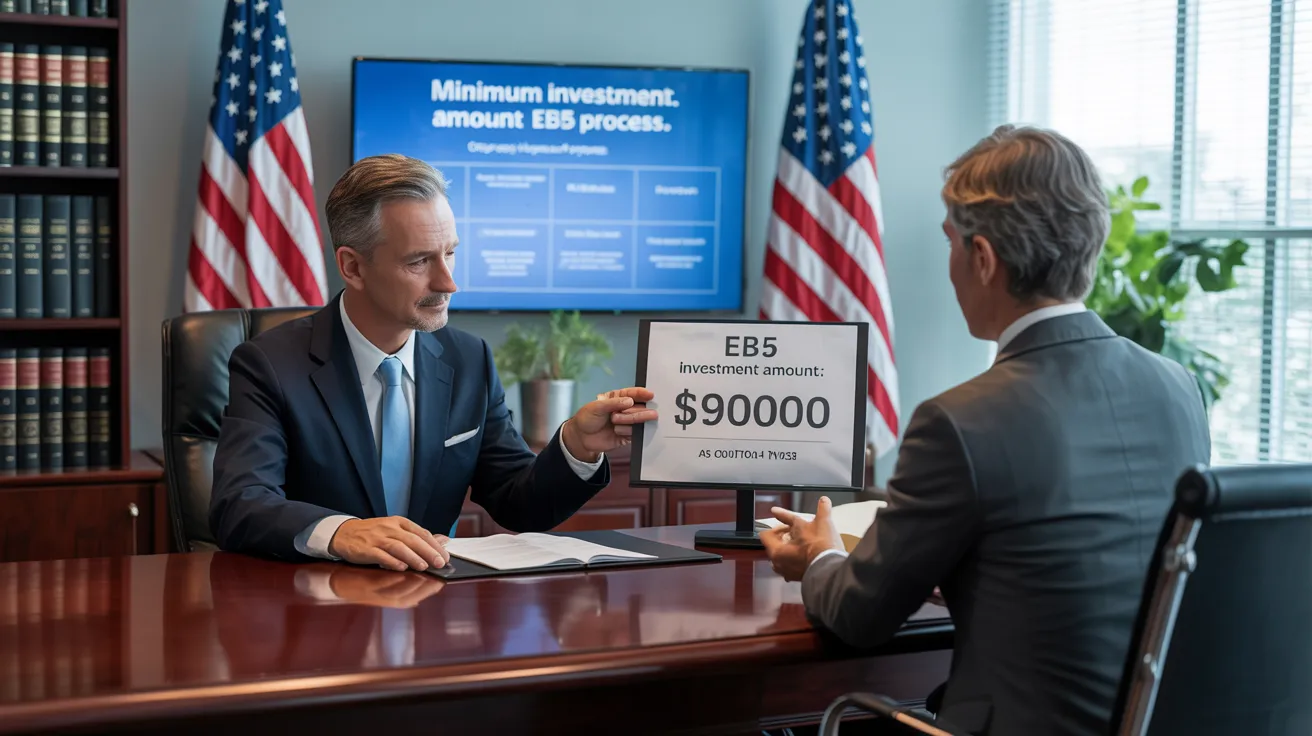L1 Visa Timeline
Wiki Article
About L1 Visa
Table of ContentsThe Of L1 VisaThe Best Strategy To Use For L1 VisaLittle Known Facts About L1 Visa.The 10-Minute Rule for L1 VisaThe Ultimate Guide To L1 VisaWhat Does L1 Visa Mean?
Offered from ProQuest Dissertations & Theses Worldwide; Social Science Costs Collection. DHS Office of the Assessor General. Gotten 2023-03-26.
U.S. Division of State. Recovered 2023-02-08. Tamen, Joan Fleischer (August 10, 2013).
L1 Visa - The Facts
In order to be eligible for the L-1 visa, the foreign company abroad where the Recipient was employed and the U.S. firm should have a certifying relationship at the time of the transfer. The different sorts of certifying partnerships are: 1. Parent-Subsidiary: The Moms and dad indicates a company, corporation, or various other legal entity which has subsidiaries that it has and controls."Subsidiary" means a firm, corporation, or various other legal entity of which a parent possesses, straight or indirectly, greater than 50% of the entity, OR owns much less than 50% yet has management control of the entity.
Instance 1: Company A is incorporated in France and uses the Beneficiary. Business B is incorporated in the U.S. and wishes to petition the Beneficiary. Business A possesses 100% of the shares of Business B.Company A is the Moms And Dad and Business B is a subsidiary. For that reason there is a certifying partnership in between both business and Company B need to have the ability to sponsor the Beneficiary.
Instance 2: Firm A is included in the united state and wants to petition the Beneficiary. Firm B is included in Indonesia and employs the Recipient. Company A possesses 40% of Business B. The staying 60% is owned and regulated by Company C, which has no relationship to Company A.Since Firm A and B do not have a parent-subsidiary connection, Firm A can not sponsor the Beneficiary for L-1.
Firm A possesses 40% of Company B. The remaining 60% is owned by Company C, which has no relation to Company A. Nevertheless, Company A, by official contract, controls and full manages Firm B.Since Company A possesses less than 50% of Firm B yet manages and controls the business, there is a qualifying parent-subsidiary connection and Business A can fund the Beneficiary for L-1.
A Biased View of L1 Visa
Associate: An affiliate is 1 of 2 subsidiaries thar are both had and controlled by the same moms and dad or person, or had and managed by the exact same group of people, in generally the same proportions. a. Instance 1: Company A is incorporated in Ghana and utilizes the Recipient. Company B is incorporated in the U.S.Business C, also incorporated in Ghana, possesses 100% of Company A and 100% of Company B.Therefore, Company A and Business B are "affiliates" or sister firms and a qualifying partnership exists in between both firms. Company B need to be able to sponsor the Beneficiary. b. Instance 2: Company A is integrated in the united state
Company A is 60% possessed by Mrs. Smith, 20% had by Mr. Doe, and 20% owned by Ms. Brown. Company B is integrated in Colombia and presently uses the Beneficiary. Company B is 65% possessed by Mrs. Smith, 15% had by Mr. Doe, and 20% possessed by Ms. Brown. Firm A and Business B are associates and have a qualifying connection in two different methods: Mrs.
explore your L1 Visa The L-1 visa is an employment-based visa classification developed by Congress in 1970, allowing multinational business to move their managers, execs, or key employees to their U.S. procedures. It is commonly described as the intracompany transferee visa. There are two main kinds of L-1 visas: L-1A and L-1B. These types appropriate for staff members hired in different positions within a business.

Furthermore, the beneficiary must have functioned in a managerial, executive, or specialized employee placement for one year within the 3 years coming before the L-1A application in the foreign business. For brand-new office applications, foreign employment should have been in a supervisory or executive ability if the beneficiary is coming to the USA to function as a supervisor or exec.
The Best Strategy To Use For L1 Visa

If given for a united state firm operational for more than one year, the first L-1B visa is for up to 3 years and can be expanded for an extra 2 years (L1 Visa). Conversely, if the U.S. L1 Visa guide business is recently developed or has actually been functional for much less than one year, the first L-1B visa is issued for one year, with expansions offered in two-year increments
The L-1 visa is an employment-based visa classification developed by Congress in 1970, permitting international companies to transfer their supervisors, executives, or essential workers to their U.S. operations. It is typically referred to as the intracompany transferee visa. There are two primary kinds of L-1 visas: L-1A and L-1B. These kinds are appropriate for employees worked with in different positions within a business.
Not known Factual Statements About L1 Visa
Additionally, the beneficiary must have functioned in a supervisory, exec, or specialized worker setting for one year within the three years preceding the L-1A application in the foreign business. For new office applications, foreign work has to have remained in a supervisory or executive ability if the beneficiary is involving the USA to function as a supervisor or exec.for up to seven years to look after the procedures of the united state associate as an executive or supervisor. If released for a united state firm that has been functional learn more for greater than one year, the L-1A visa is originally approved for up to three years and can be extended in two-year increments.
If provided for an U.S. firm functional for more than one year, the first L-1B visa is for up to three years and can be prolonged for an added 2 years. Alternatively, if the U.S. company is freshly developed or has been operational for less than one year, the initial L-1B visa is issued for one year, with expansions readily available in two-year increments.
Report this wiki page